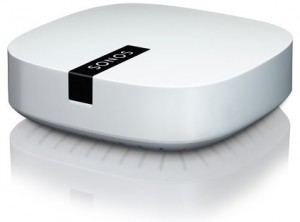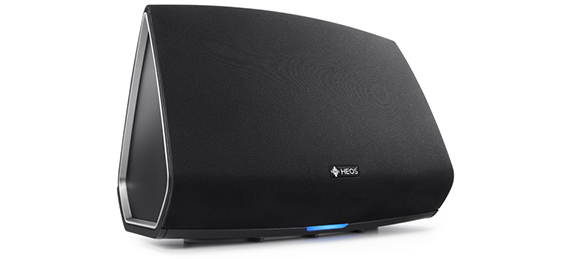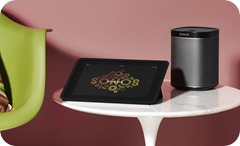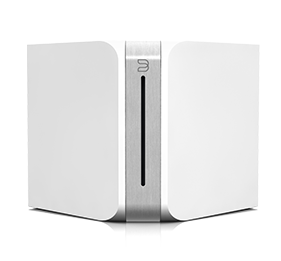One criticism that Sonos has had to dodge from the beginning is support for multiple users. While there are no signs that this is to arrive any time soon, they are now showing a little love for those households with more than one person in them. This family pattern is in fact not wildly uncommon.
Streaming services in Sonos works really well as it is but with a new software update, you will now be able to set up these services with multiple accounts. If this can be regarded as a step towards multiple Sonos accounts remains to be seen but a step in the right direction, it certainly is.


 Foobar2000
Foobar2000 Not entirely unanticipated,
Not entirely unanticipated, 
 Canadian newcomers (and to some extent, former
Canadian newcomers (and to some extent, former